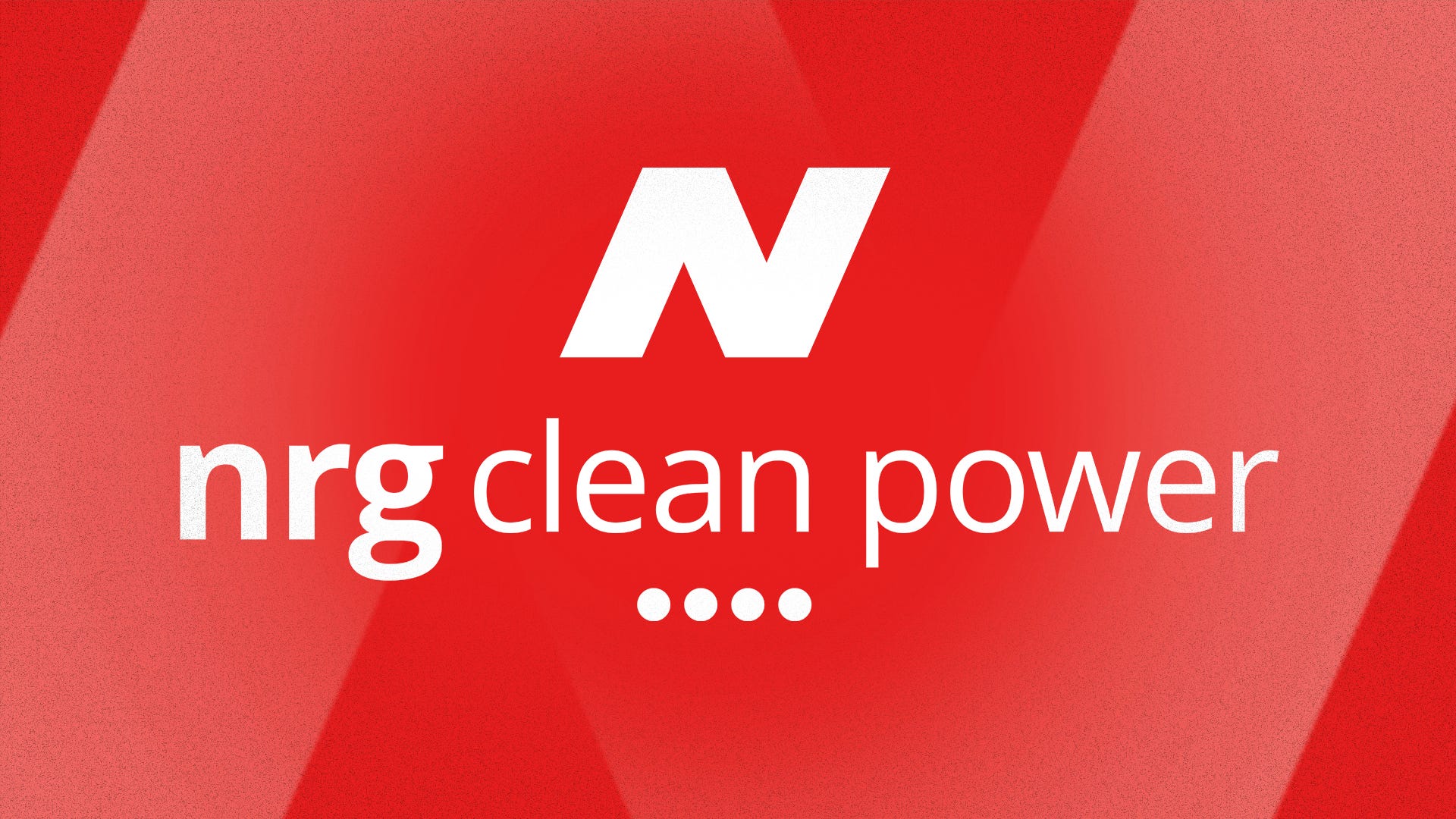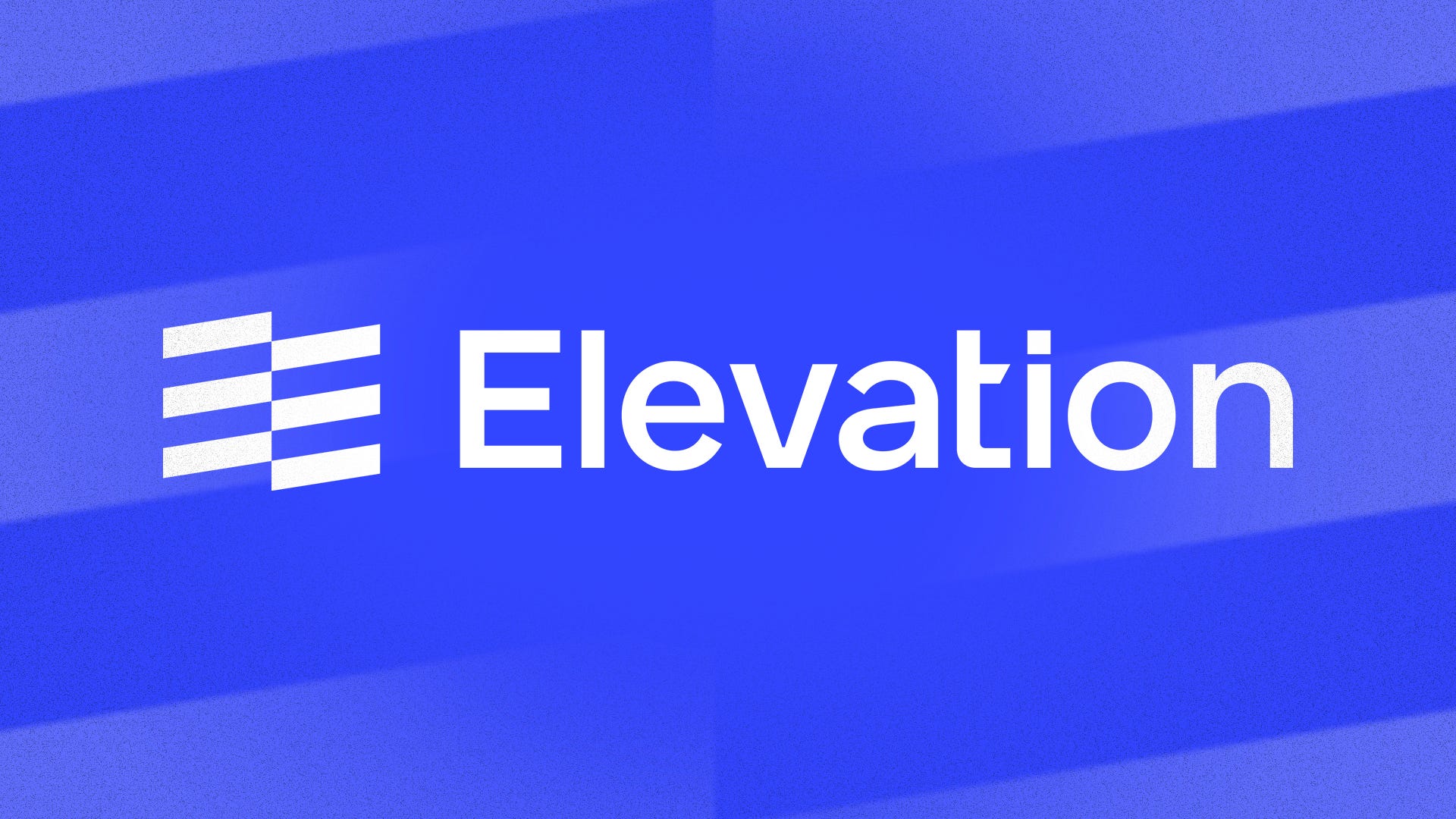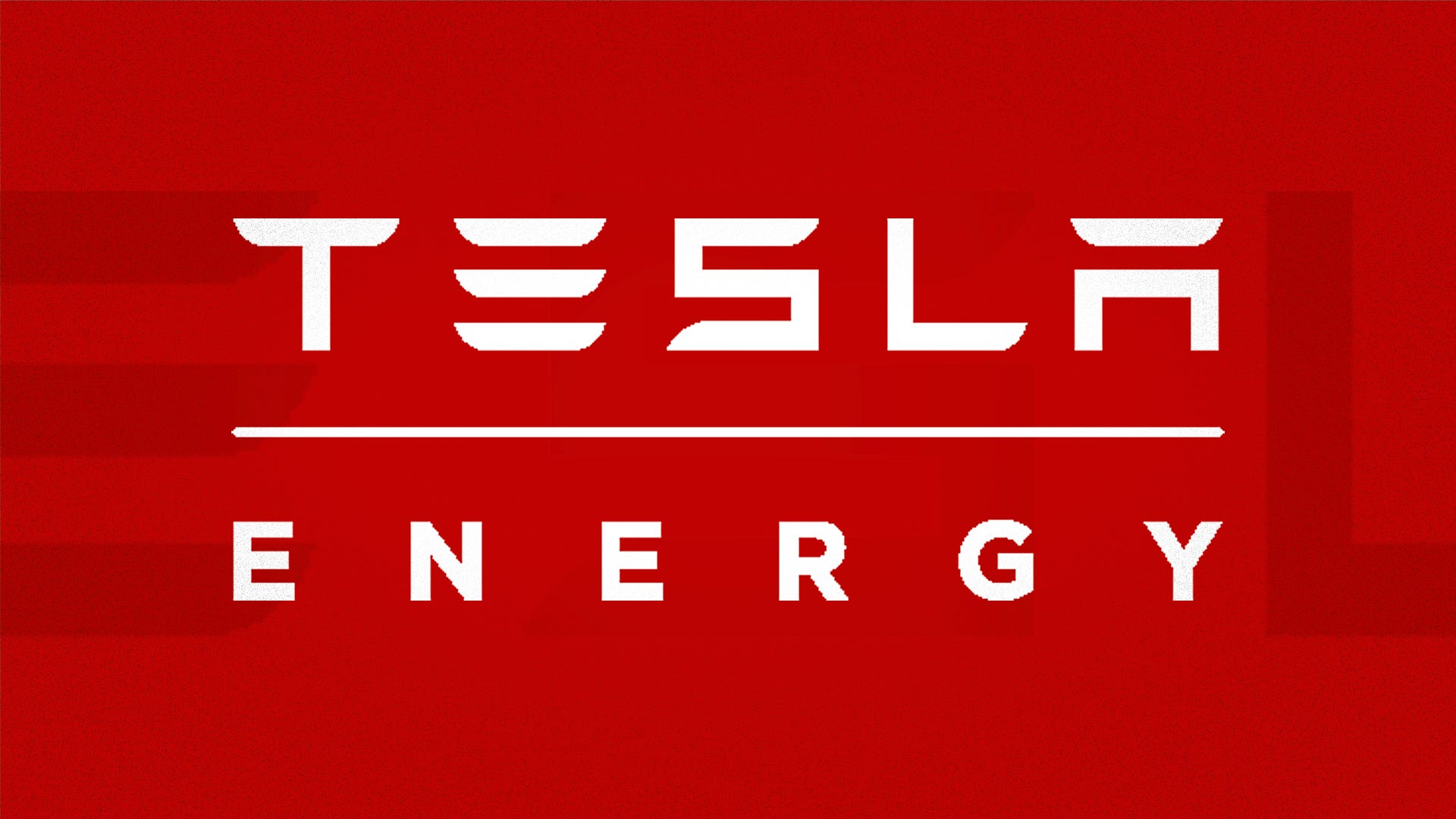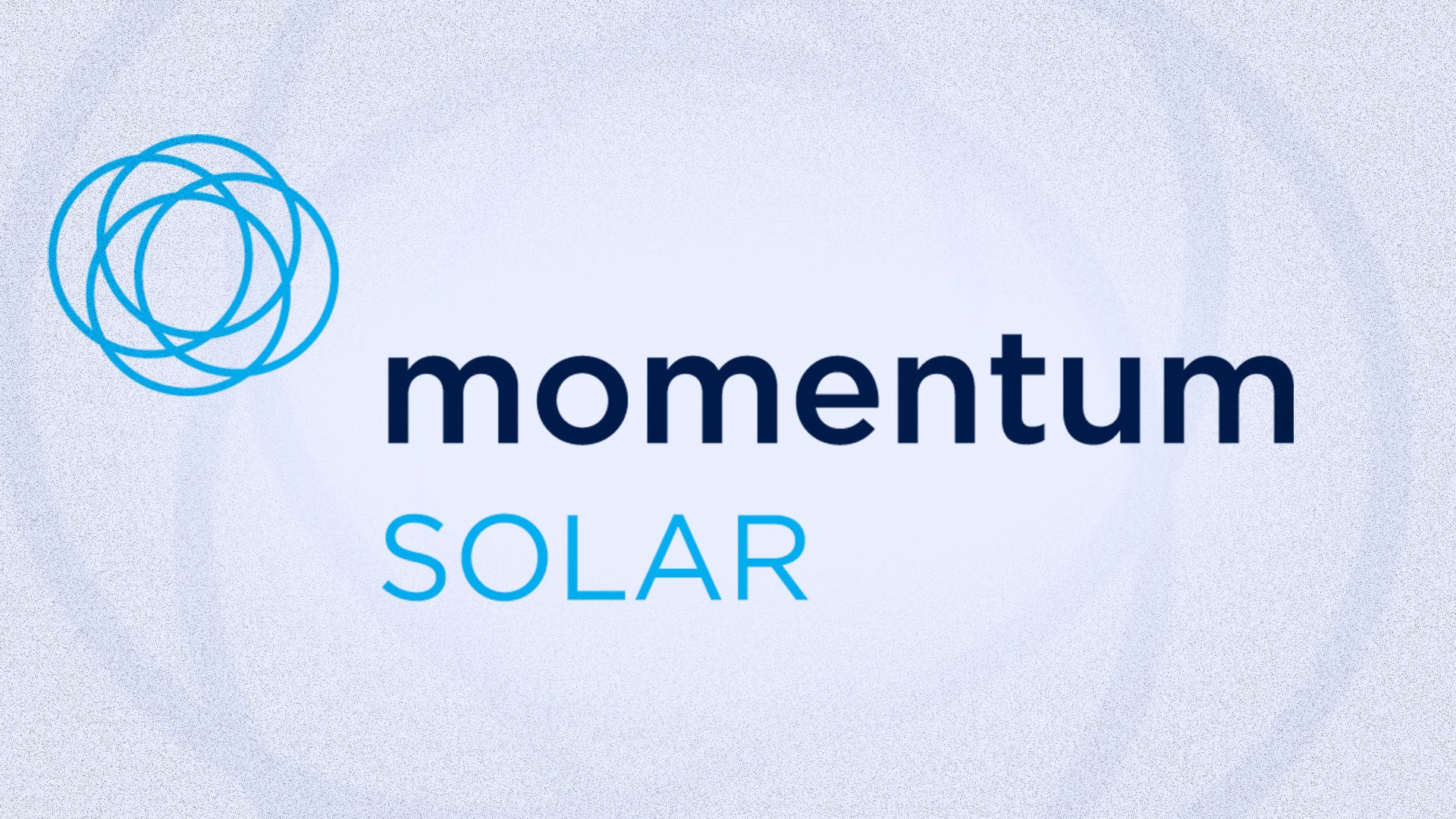California has more rooftop solar panels than any other state; it’s not even close. And for good reason: Not only does the Golden State have the most people, it also has a history of policies designed to encourage people to go solar.
If you’re a California resident, you’ll be happy to hear that there are no property, sales or use taxes on solar panel systems. The Self-Generation Incentives Program also helps make solar batteries a more affordable prospect, while low-income programs such as DAC-SASH offer rooftop installations at no cost for individuals who fall within certain income thresholds.
While recent changes to the state’s net metering regulations might put a dent in the state’s solar growth, there are still plenty of reasons to cut back on that above-average electric bill for a shiny new set of solar panels. But making that choice requires a first step: You also have to pick an installer.
We’ve compiled a list of the top installers in California and rounded up some advice on how to shop around to make sure you’re getting a good deal on something that should power your home and your life for decades.
Best national solar panel companies in California
According to the Solar Energy Industry Association, California has the largest solar market in the US, with nearly 2,000 solar companies operating across the state. While this means there are plenty of California solar installers to choose from, it can also feel overwhelming to sort through your options.
We’ve compiled a list of some of the best solar companies that stand out in the industry. Here are a few that service California.

NRG Clean Power
Best in California and Texas
NRG Clean Power brings one of the solar industry’s most confident approaches to its work, offering a price match and 40-year warranty. NRG Clean Power is a solid bet as long as you live in Texas and California. NRG Clean Power does not offer leases or power purchase agreements, but it does provide solar panel cleaning and roofing services as well as a reliable equipment menu.

Palmetto Solar
Best overall
Solar panels are typically low maintenance equipment, but they’re also unfamiliar. If you want to reap the benefits of solar but will have a bit more peace of mind if someone else is making sure it’s working, Palmetto might be a good fit for you. Just remember to add the cost of Palmetto’s monitoring service in to your payback period calculations.

SunPower Solar
Best solar panels
If you’re looking for top-of-the-line solar panels, SunPower is your best choice. But don’t write it off if you’re looking for a less flashy installation that will get the job done. This year it started installing Qcells panels, which should make an installation from the longest-tenured company on our list available to more people.

Elevation
Whole home approach
Elevation’s focus on your home’s energy efficiency isn’t the norm in the industry. If you’re planning on addressing energy efficiency first, working with Elevation allows you to keep the whole process with one company. Elevation’s solar equipment comes from well-established and well-regarded companies. Elevation’s warranties on workmanship and weatherization could be a bit longer.

Tesla Solar
Most affordable
Tesla’s solar branch seems to be the least loved of Elon Musk’s ventures. Even Tesla’s Solar Roof seems to get more love.
If price is the thing you won’t budge on, consider Tesla. By all accounts, Tesla installs quality panels and makes the closest thing there is to a household name in solar storage: the Powerwall.
Where you might miss out is customer service. Discussion online seems to suggest Tesla’s service is a bit of a gamble.

Momentum Solar
All in-house installers
Momentum installs in 11 states without using subcontractors. While using in-house installers doesn’t guarantee a better experience, it does suggest you’re likely to get a more uniform experience from Momentum. The fact that Momentum backs its installations with a 25-year workmanship warranty hints at a strong belief in its crews’ ability. If Momentum is part of your search, consider the warranties against leaks that other companies offer. Momentum’s is five years, which isn’t the best.
Local solar panel companies in California
During your search for solar installers, consider looking into local solar companies too. We pulled a few California solar companies with some of the highest average Google review scores. However, you should also do some research on your own, and get referrals from people you know if at all possible. Here are a few local solar companies in California that might be worth considering.
AWS Solar is one of the highest-rated solar companies in southern California, specializing in residential and commercial solar installations. Its installers are certified by the North American Board of Certified Energy Practitioners and the company is also certified by the Tile Roofing Institute. AWS Solar offers a 25-year manufacturer and labor warranty, as well as a 25-year panel performance warranty. There are other warranties available as well. You can request a quick, free over-the-phone quote before committing to an on-site consultation. With AWS Solar, you can either pay cash or finance your solar panels.
Forme Solar is another highly rated local solar installer in California. The company specializes in residential and commercial solar installations, as well as solar panel and roof repair services. They also install solar batteries and EV chargers. Forme Solar offers straightforward pricing in the form of packages. Equipment, warranties and pricing will differ depending on the package. You can pay cash or finance your solar panels.
Your Energy Solutions is a highly rated solar installer servicing various parts of California. The company installs a wide variety of solar panels and offers two battery options: the SunPower SunVault or Enphase IQ batteries. Your Energy Solutions also offers a 25-year panel production and workmanship warranty. You can pay cash or finance your solar panels.
How to determine which solar company in California is best for me
You’ll want to make sure your installer has experience working with the type of roof that you have and the type of system you want installed, whether that be a grid-tied or off-grid solar panel setup.
Ben Delman, a communications director with Solar United Neighbors, a clean energy nonprofit, says a homeowner interested in solar should look for solar installers that are certified by NABCEP and have the proper licensing for their work. Reading online reviews from multiple sources can also help you get a better understanding of a company’s reputation. A few places to start looking for solar company reviews are Google, Yelp and Angie’s. Delman recommends looking for solar companies that have at least 20 to 30 reviews. If you know someone who has solar panels on their home, you can ask them for recommendations too.
Aside from certifications and reviews, there are a few other things to look for in a solar installer. A good installer, Delman said, will be able to:
- Give good word-of-mouth references
- Clearly explain the project and working deadlines in detail
- Define technical terms in an easy-to-understand manner
- Be transparent about pricing and how financing works
- Have knowledge about the local permit requirements and the process for system interconnection with the local utility company
- Understand homeowners association restrictions and help you navigate that process
A reputable solar installer should be able to answer any questions you may have, no matter how difficult those questions might be. Don’t feel hesitant to ask for clarification on any project and pricing details. To get the best price possible, shop around for multiple quotes. Delman recommends getting at least three quotes before settling on an installer, but it’ll never hurt to chat with representatives from even more solar installers.
Read more: Just looking for an emergency backup? Check out portable solar panels and solar generators.
Cost of solar panels in California
There’s no way we’ll be able to tell you outright how much solar panels would cost. Price depends on the size of your solar panel system, and that might vary depending on factors such as your energy usage, the size of your roof and more. You’ll have a better idea of your price once you consult with and see quotes from reputable solar installers.
Here’s a look at the average cash price for a typical solar panel system in California before factoring in tax credits and incentives, according to data from FindEnergy.com. For comparison, we’ve pulled the FindEnergy.com data on the national average cost of solar panels as well. Remember that the prices you’re quoted may not exactly match the estimates and averages, which may vary for a number of reasons.
Average cost of solar panels in California
| Typical system size (kW) | Price per watt | Total installed cost | Cost after 30% federal tax credit | |
| California | 5 | $3.47 | $17,350 | $12,145 |
| National average | 8.6 | $3.67 | $31,558 | $22,091 |
The following interactive infographic will show you the average total price, cost per watt and system size for a typical solar panel system across the US, according to data from FindEnergy.com. All prices shown aren’t representative of fluctuations from tax credits or any other state solar incentives. If FindEnergy doesn’t have solar data for a particular state, it appears grayed out on the map.
California solar panel incentives and rebates
Even though the cost of solar panels has decreased in the last two decades, they’re still a substantial investment. But several solar tax credits and incentives make solar more affordable, especially in California. One key solar incentive, net metering, was reduced in a utility commission vote last year. When that change goes into effect April 15, it’s expected to increase a solar system’s payback period from six years to 10. California also introduced time of use rates, which could make installing backup batteries more profitable.
The residential clean energy credit (previously known as the investment tax credit) is a federal solar tax incentive offered in California that credits 30% of the cost of a solar system back to consumers who buy solar panels. This solar tax credit was increased and extended due to the Inflation Reduction Act, passed in August. There is no cap on the federal tax credit, so you can claim the entire 30% regardless of the size of the system.
You can apply for the residential clean energy credit by including IRS Form 5695 with your tax return. The IRS provides instructions on how to fill out this form, or the best tax software can take care of it for you. Your savings from the tax credit will be included in your tax refund or used to offset taxes you owe.
There are various state and local solar incentives available in California, too. You can find a more comprehensive list through the Database of State Incentives for Renewables and Efficiency. Here are just a few you should know.
California solar incentives
| Program | Description |
|---|---|
| Disadvantaged Communities – Single-Family Solar Homes | DAC-SASH provides no-cost rooftop solar installations to California households that meet set income qualifications. |
| Property tax exclusion for solar energy systems | Consumers who install solar energy systems won’t pay increased property taxes. This statute is scheduled to expire in 2025. |
| Net metering programs | California offers net metering programs, which let consumers sell back to the grid any extra solar energy generated by their system. Californians connecting their solar system to the grid after April 15, 2023, will be under net energy metering 3.0, which sets reimbursements for power lower than previously. |
| Sales and use tax exemption | Equipment that generates or stores electricity, including solar panels and batteries, are exempt from sales and use tax in California. |
| Self-Generation Incentives Program | SGIP provides rebates to homes and businesses that install energy storage systems, such as solar batteries. |
How to pay for solar panels in California
If you decide to invest in solar panels for your home, there are several financing options to make the purchase easier.
Cash: A big expensive project like solar panels requires a lot of cash. If you see solar power in your future consider saving money now. Regular contributions to a high-yield savings account can help pad your savings.
Solar loan: Many solar companies will offer third party financing. Shop around with different lenders, because your solar company’s third party choice might not have the best terms or interest rate.
Home equity loan or HELOC: You can also consider a home equity loan or line of credit. These can save you on interest but your home is at risk if you fail to repay.
Mortgage: Another way to get the cash for solar panels is to refinance your mortgage. Fannie Mae’s HomeStyle energy mortgage is designed to fund energy efficiency projects.
Installation factors to keep in mind
Solar panels are a big investment, so it’s important to consider all elements that could impact whether they’re right for you. Some installation aspects to consider include:
- The condition of your roof: The size, shape and slope of your roof can affect how much electricity a solar system generates. According to the Department of Energy, solar panels are most efficient on roofs with a slope between 15 and 40 degrees. The age and overall condition of your roof are also considerations. Older roofs or roofs needing maintenance should be replaced or repaired before solar panel installation.
- HOA and neighborhood regulations: California law prohibits homeowner associations from banning solar panel installations, but there may still be specific requirements and approval processes in your neighborhood. Be sure to research the requirements for solar installation in your neighborhood ahead of time, so there are no issues down the road.
- Insurance coverage: After installing solar panels, contact your homeowner’s insurance agency to add the panels to your policy. Most standard homeowner’s policies cover rooftop solar panels, but you’ll need to check with your agency for the specific details of your policy.
- Your location: Solar panels are designed to work in all climates and areas that receive indirect sunlight. But they’ll be much more efficient when installed where they receive at least four hours of direct sunlight each day. If your home is in a cloudy region of California or gets shade coverage throughout the day, a solar panel system will not generate as much electricity as it would with direct sunlight.
- Rentals: If you rent your home, you may not be allowed to install solar panels. You can check with your landlord or rental management company to confirm whether solar panels are allowed. If not, you can consider community solar programs as an alternative. These let you subscribe to electricity produced by solar panels at another location and receive a credit on your energy bills. The subscription fees are set at a lower rate than the value of these credits, so you come out ahead financially. In California, community solar programs are expected to grow quickly due to new regulations.
How we found the best solar companies
The companies we listed above as “the best” are curated from CNET’s best solar companies list. Companies making the best list are scored on the equipment, warranties and customer service they offer. Then, we make sure these recommendations are available in your state. You can read a full breakdown of how we review solar companies here.
Companies listed under the local installers were chosen in a less rigorous way. We chose them because they offered something unique or notable to customers in the state, they seemed well-regarded by internet reviewers or because they were one of the few installers we could find information on in the state.
Whether we’ve completed a full review on a company or not, it’s always a good idea to get multiple quotes from different installers before choosing a company.
California solar power FAQs
What is the California solar mandate?
The California solar mandate is a building code requiring all new residential home construction to have a solar photovoltaic (PV) system installed as an electricity source. This mandate went into effect on Jan. 1, 2020. It applies to single-family and multifamily homes that are up to three stories high.
Is solar power good for the environment?
Solar power has pros and cons, but generally, it is a more sustainable power source than coal or gas. Fossil fuel electricity sources emit greenhouse gasses, including carbon dioxide, into the air when burned. Burning fossil fuels for energy is the main driver of climate change and contributes significantly to air pollution. Scientists say we must rapidly transition away from fossil fuels to avoid the worst effects of climate change. Solar energy is a greener alternative to fossil fuels because it is renewable (the sun will always produce the energy needed to create electricity), and converting the sun’s power into electricity for a home does not produce greenhouse gasses. While the manufacturing of solar panels has some impact on the environment, it is much lower over the panels’ lifetime compared to the carbon emissions from fossil fuels.
Does California require home solar panels?
In 2018, California passed a mandate requiring new single-family homes and multifamily buildings up to three stories high to install solar panels. This mandate took effect in 2020 and requires new construction projects to include a solar system large enough to cover all of the household’s energy needs each year based on the climate and square footage of the home. If the system includes a solar battery, the builder can reduce the system size by up to 25%. If you live in a home built before 2020, you are not required to purchase solar panels.
How can I find a solar installer in California?
With many solar installers available throughout the state, it can be tricky to choose the right company. If you’re searching for a California solar installer, take the time to thoroughly review your options, read customer testimonials and get multiple quotes from different installers. You can also review CNET’s picks for the best solar companies.
Is California offering free solar panels?
What is the new solar law in California?
California’s new net metering policy (NEM 3.0), which went into effect on April 15, decreases the value of solar energy credits by 75%. This means California residents who interconnected a solar panel system after April 15th are compensated significantly less than those who were enrolled before then for their excess solar energy, making solar batteries an attractive alternative.




















+ There are no comments
Add yours